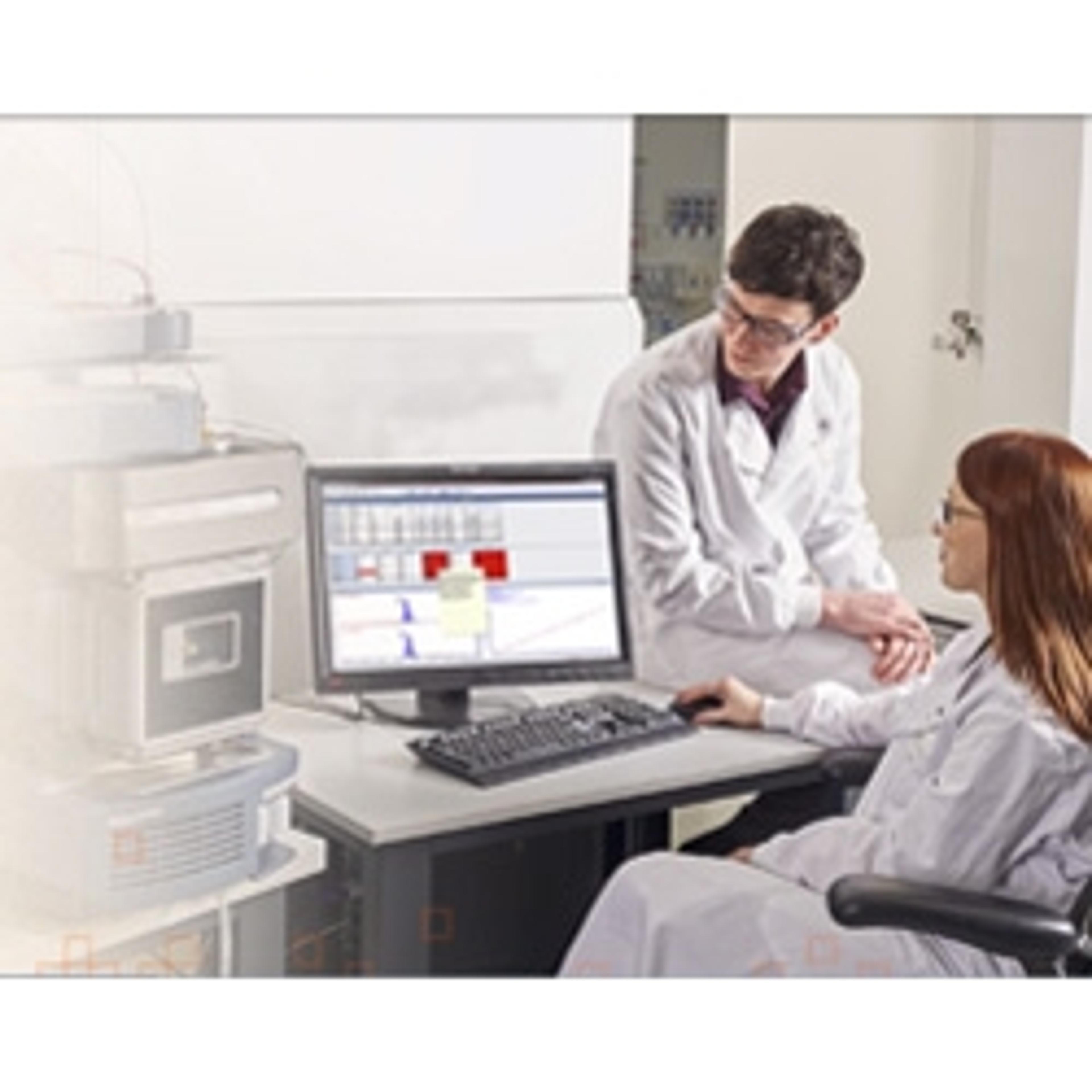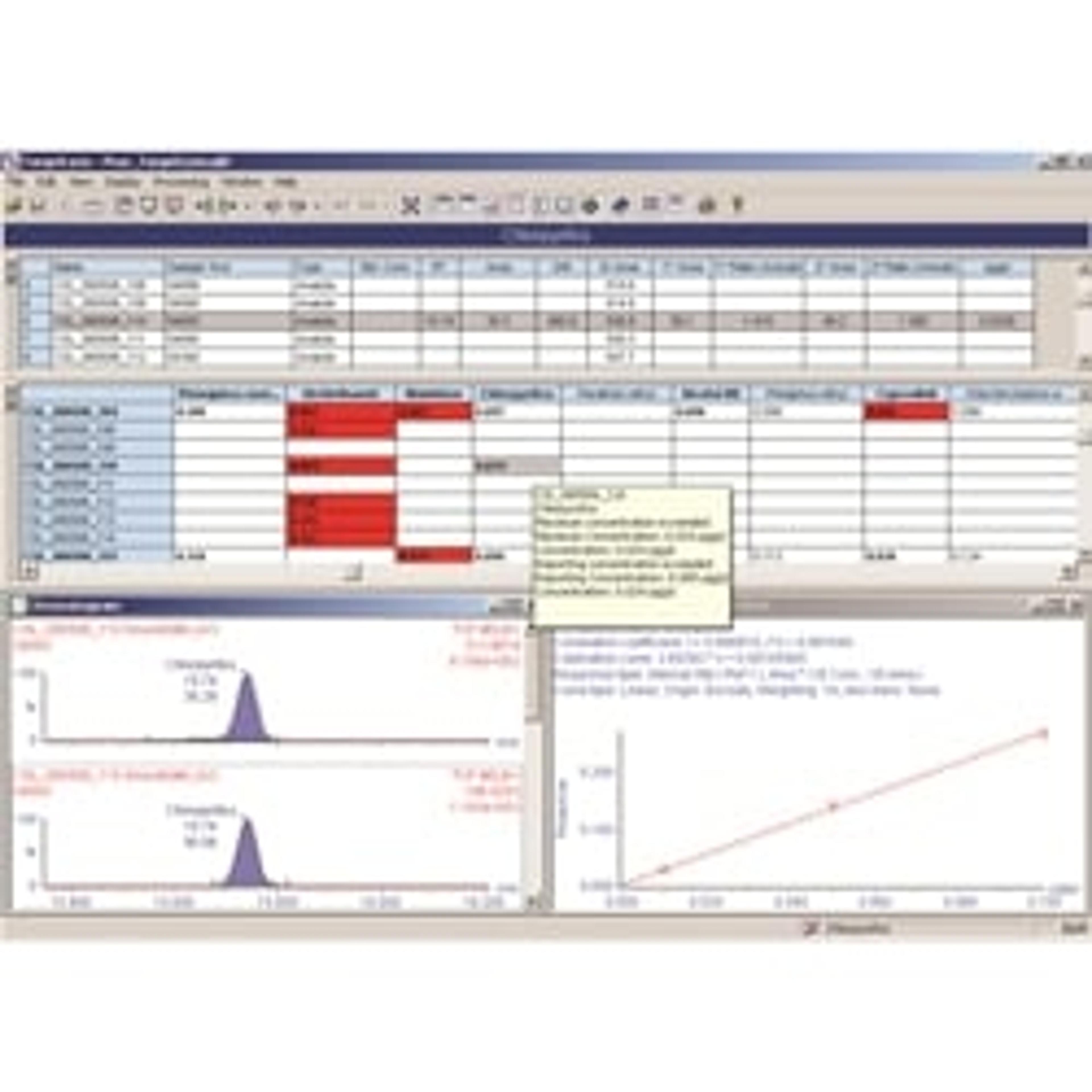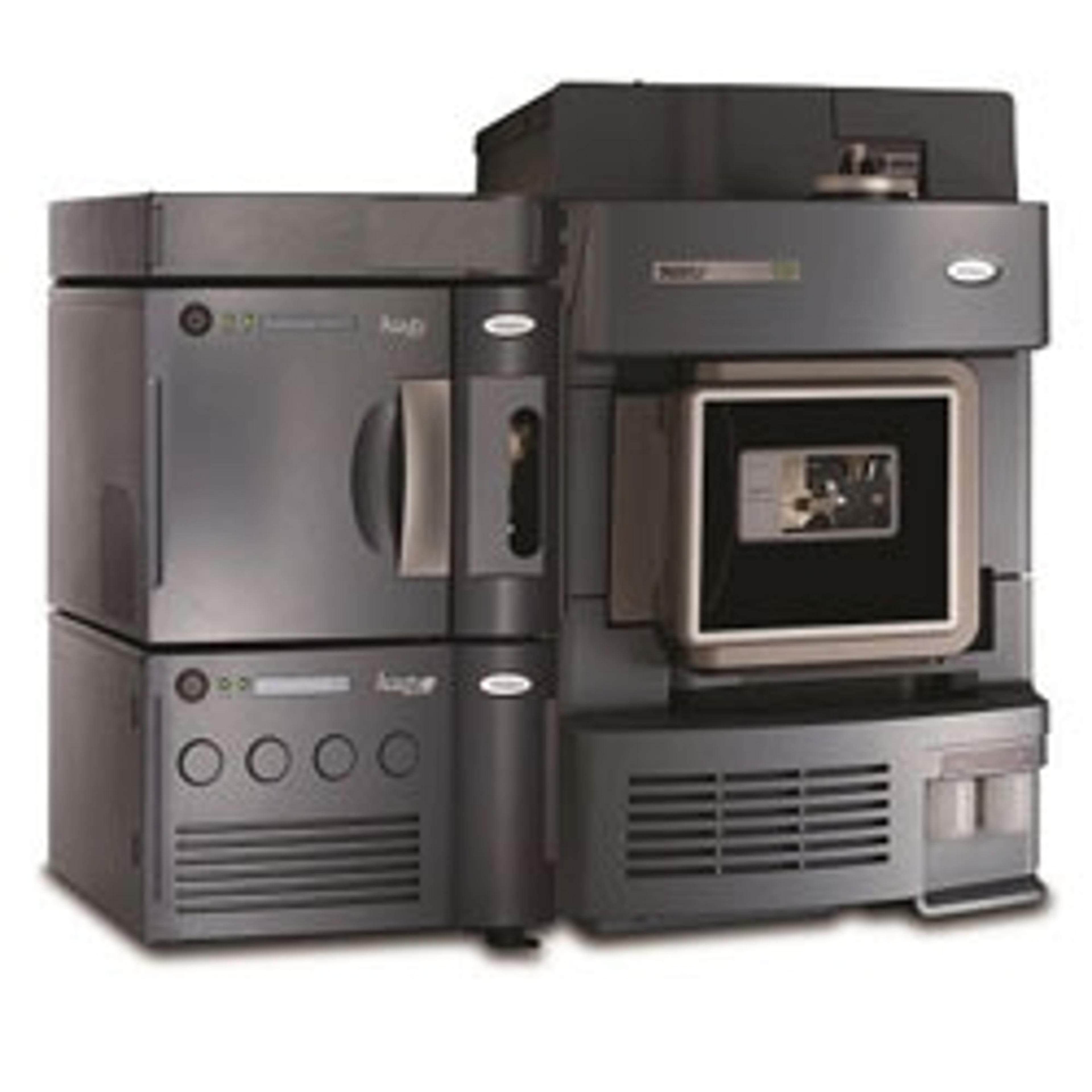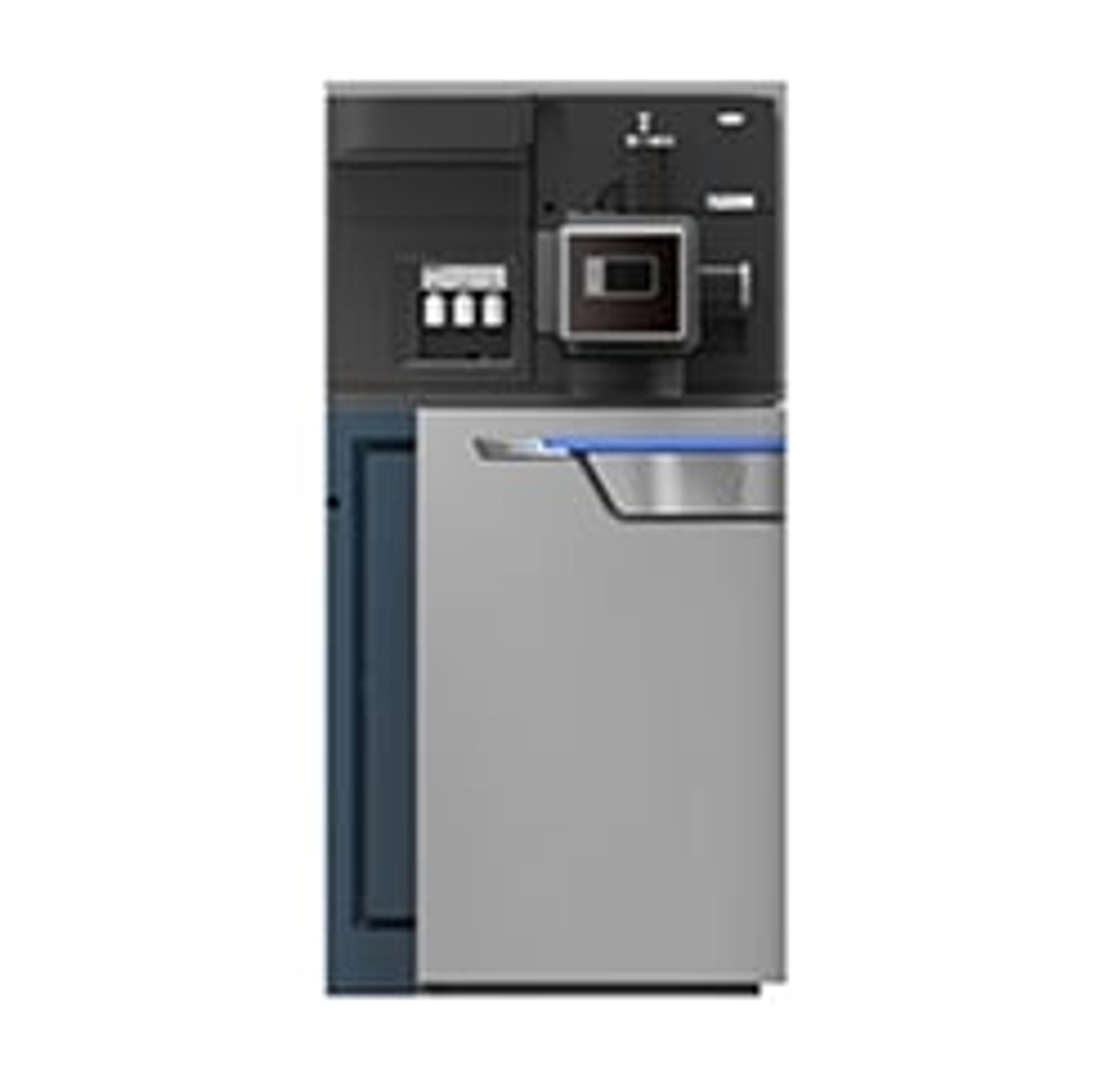Expanding the Capabilities of Clinical Toxicology with Mass Spectrometry
Expert in mass spectrometry for therapeutic drug monitoring shares research goals and future predictions
12 Nov 2018
At AACC 2018 in Chicago, Kamisha Johnson-Davis, PhD, Medical Director for Clinical Toxicology at ARUP Laboratories and Associate Professor of Pathology at the University of Utah, led an expert discussion on the topic of LC-MS/MS versus immunoassays for therapeutic drug monitoring. We caught up with Johnson-Davis after her session to find out more, and to hear her thoughts on how mass spectrometry has advanced the field of clinical toxicology.
Over the past two decades, mass spectrometry has redefined diagnostics and analytical testing in the clinical laboratory. Outlining why this technology has gained so much momentum in the clinical lab, Johnson-Davis says: “Tandem LC-MS/MS and high-resolution mass spectrometry have enabled the ability to develop methods for biomarkers and drugs, in which commercial assays are not available, to help support patient care."
Summarizing the impact of mass spec in clinical chemistry, she adds: “Mass spectrometry has expanded the field of laboratory medicine and has provided improved sensitivity and specificity in comparison to immunoassay testing.”
Today, mass spectrometry is used to identify peptides, proteins, bacteria, fungi and infectious diseases; to detect inborn errors of metabolism; to quantify hormone concentrations in pediatric and adult populations; and to assess nutritional status or toxicity for vitamins and essential elements, as well as in drug monitoring, and more.
“In the field of clinical toxicology specifically, mass spectrometry is used to support testing for therapeutic drug monitoring, addiction and pain management, neonatal drug testing and testing for trace and toxic elements,” explains Johnson-Davis.
A large proportion of Johnson-Davis’ work involves providing clinical support for the clinical toxicology laboratories to provide clinical consultation for laboratory results and test utilization, oversee assay method development to provide testing to support patient care and improve drug testing turnaround time. For example, therapeutic drug monitoring in critically ill patients or those with acute pathophysiology, such as uremia or liver disease, poses significant challenges to the laboratory, because these patients have variable pharmacokinetic drug responses due to their condition.
Looking to the future of mass spec in clinical diagnostics, Johnson-Davis anticipates miniaturization of the instruments we have today.
“Mass spectrometers would be more affordable for hospitals, easy to operate for the laboratory staff and incorporate automated on-board sample preparation to improve turnaround time to result,” she tells SelectScience. “Mass spectrometers could be developed into point-of-care devices for bedside use in the hospital or clinic setting, to identify biomarkers to assist with clinical diagnosis. Currently, there is iKnife technology coupled to mass spectrometry that is used during surgery to distinguish between healthy and diseased tissue.”
Read more about the iKnife technology in an exclusive interview with Dr. James Kinross of ICL, where the technology is being developed.




